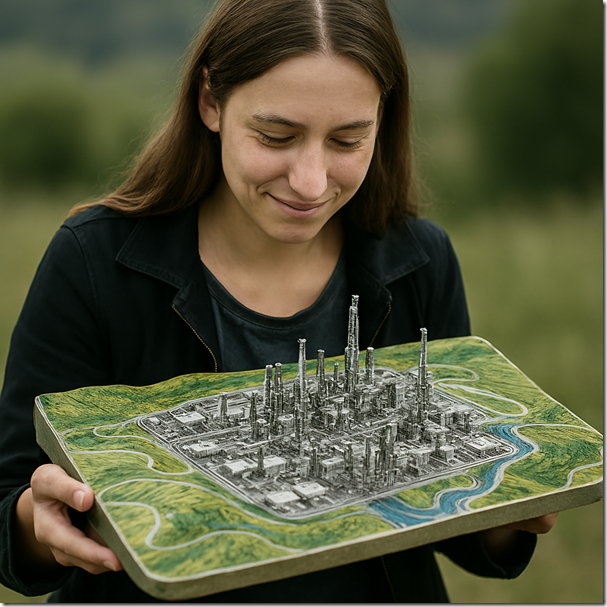- MDD organizes complexity by abstracting systems into models. Instead of drowning in code, you navigate structured representations—like UML diagrams or domain-specific languages—that make the system easier to grasp.
“That you do not forget to check”
- Models are living artifacts in MDD. They’re not just documentation; they drive the development. You don’t forget to check them because they’re central to the workflow—used for code generation, validation, and even deployment.
“That is to the point – that is conclusive”
- No ambiguity. Models define behavior, structure, and constraints explicitly. They’re executable or translatable into code, so they leave little room for interpretation.
“That leaves no room for guessing”
- Formal semantics in modeling languages ensure that what’s modeled is what’s implemented. You’re not guessing what a developer meant—it’s encoded in the model.
“That requires no external extra addendum you don’t know about”
- Self-contained systems. A well-designed model includes everything needed to understand and generate the system. Dependencies are modeled, not hidden.
Model-Driven Development at Its Finest
When done right, MDD becomes:
- A single source of truth
- A communication bridge between stakeholders
- A productivity booster through automation
- A quality enforcer via validation and simulation
It’s like having a map that’s also the terrain.




